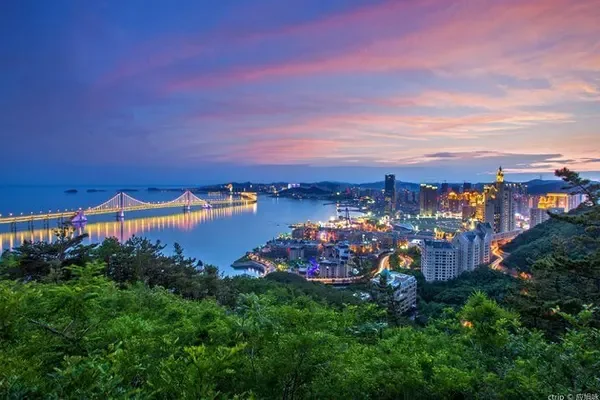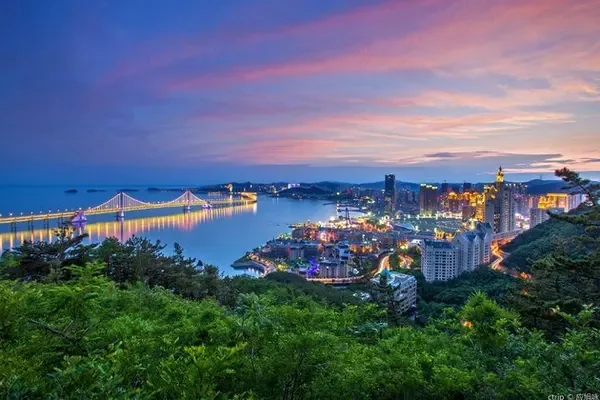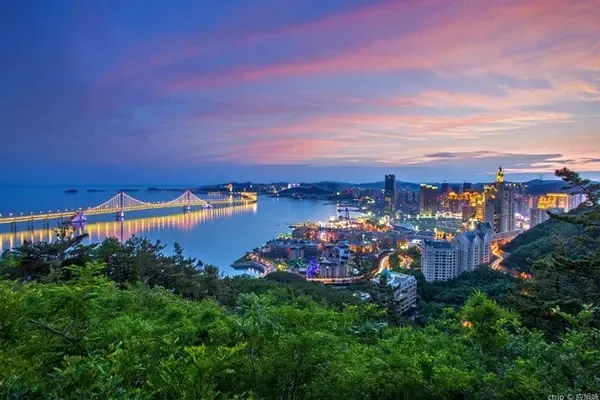The Mausoleum of Xixia is located in the middle of the eastern foot of Helan Mountain, about 35 kilometers away from the western suburbs of Yinchuan City. It is the royal cemetery of the Xixia Dynasty. It can best reflect the level of Xixia architecture, showing the scale and momentum of Xixia's large buildings, and can also reflect the Xixia emperor's living room. The building is luxurious. In the mausoleum area with a radius of 58 square kilometers, nine imperial mausoleums are arranged in an orderly manner, and 255 burial tombs are dotted around; there is a three-entry courtyard building site and mausoleum at the northern end; there are brick kiln and lime kiln ruins on the eastern edge. Kilns in Mausoleum District. The imperial mausoleums in the Xixia mausoleum area are arranged in order of time from south to north, and the accompanying tombs are distributed around the imperial mausoleums.




Emperor's Mausoleum in the Cemetery
The imperial mausoleum is the main building in the Xixia Mausoleum area, and it is also a well-preserved part. With rammed earth as the main body, the rammed earth is covered with bricks and limestone surfaces, the eaves are hung with tiles, and the roof ridge is decorated with various glazed and gray pottery decorations. According to statistics, an imperial mausoleum has about 8 kinds of more than 20 buildings of various types, which are combined into a complete building complex, covering an area of 80,000 to 150,000 square meters. Although these buildings have become ruins today, the rammed earth of the mausoleum still stands tall, the height of which is more than 20 meters; the remaining bricks and tiles can be picked up with one hand, and the thickness of the pile is nearly 1 meter. The rammed earth city walls are connected intermittently, and the layout of the cemetery is clearly distinguishable.
The cemetery architecture of the Xixia Emperor Mausoleum is composed of corner towers, magpie towers, stele pavilions, moon city, mausoleum city, gate gate, dedication hall, tomb passage, mausoleum platform, etc. Some cemeteries have outer cities. The structure of the nine cemeteries is basically the same, but there are some changes in some places. From south to north, the cemetery is composed of the magpie terraces, stele pavilions corresponding to the east and west, and the moon city and mausoleum city connected in the shape of a "convex" on the plane to form the basic structure of the cemetery. The cemetery has various layouts and styles.






As one of the largest surviving imperial cemeteries in China with well-preserved ground relics, the Xixia Royal Mausoleum is known as the "Oriental Pyramid" for its unique mausoleum platform. The nine imperial mausoleums all face south and are vertically rectangular, solemn, majestic, tall and majestic.
Mausoleum No. 3 is the largest and best-preserved among the Xixia Emperor Mausoleums. Archaeological experts believe that the owner of the tomb is Yuan Hao, the founding emperor of Xixia. In recent years, major discoveries have been made in the protective excavation of Mausoleum No. 3: the towers, turrets, corner towers, and mausoleums in the cemetery buildings are all built in the form of towers, and the walls of the mausoleum are built in a continuous arc. The main buildings are circular in shape. Therefore, on the one hand, it reflects that the founding emperor of Xixia, Wei Ming Yuanhao, regarded himself as the "son of heaven" according to the traditional Chinese theory of "the sky is round and the earth"; on the other hand, it also reflects the profound influence of Buddhism on the architecture of the Xixia Mausoleum. The protective excavation of the No. 3 Mausoleum made the ground architectural form of the Xixia Mausoleum clearly presented to the world for the first time, which changed many people's previous views on the shape of the Xixia Mausoleum. With its unique architectural form and a large number of cultural relics, Xixia Mausoleum reflects the historical and cultural characteristics of Xixia in a concentrated way, and shows people the vast treasure house of Xixia culture.
During the cleaning and excavation of the No. 3 cemetery, a large number of "Miaoyin Birds" with human faces and bird bodies were unearthed for the first time. Archaeological experts believe that this is Kalavinka recorded in the "Amitabha Sutra". Kaling Pinga is a transliteration of Sanskrit, and it is translated into Miaoyinniao in Chinese. It is a sacred bird in Buddhism. It can make crisp and wonderful music and dance gracefully. Like the glazed pigeons, dragon-headed fish, and quadrupeds that have been unearthed in the past, it is a decoration on the roof of the cemetery.







Burial tombs in the cemetery
The accompanying tombs in the Xixia Mausoleum are the tombs of the Xixia emperors and noble officials. The status of the owner of the tomb is different, and the scale of the building is also different. The larger burial tombs are generally composed of the outer city, the stele pavilion, the moon city, the tomb city, the gate site, the screen wall, the tomb passage and the tomb. Most of the cemetery buildings of the accompanying tombs have collapsed, and only some of the large and medium-sized accompanying tombs still stand tall.
The Xixia mausoleum building is the product of the integration of party culture and Han culture, and it is also an important symbol of the social and economic development of Xixia. The early Dangxiang people "weaved tails, covered houses with wool, and changed at the age of one year." This kind of residence that is easy to move and migrate is suitable for their primitive economic form dominated by nomadic hunting. After the party members moved to the Northwest region, with the development of the agricultural economy, they began to settle down, and the construction industry also emerged and developed rapidly. In the northwest, the state castles built by Dangxiang spread all over the country. There are not only earthen houses in the state city, but also the ancestral temple government office. According to the ninth volume of "Xixia Shushi": In April of the fourth year of Song Jingde, Deming "built buildings in Sui and Xia two: Ri Chengen, Ri Yinghui. Roads and bridges within five hundred miles were repaired and rectified. And Yuzi The mountain (to the west of Yanchuan County today) has a large palace and stretches for more than 20 miles, which is quite magnificent." These buildings are not only luxurious and beautiful, but also very strong. The rammed earth of the buildings is "hard enough to sharpen a knife and an axe". After the founding of the country, the construction industry of Xixia has developed to an unprecedented level. important sign.




To visit Ningxia, you can choose the local professional tourist transportation Ningxia Tourist Scenic Spot Through Train. The staff all wear yellow vests, and the little yellow people are hospitable. There are two tourist distribution centers in the new city railway station and the crescent moon in the old city. The square is convenient for accommodation nearby, there are many hotels, and the transportation is convenient. It is not far from the civil aviation bus, and it is very convenient whether it is by train or plane. The through train of the scenic spot has opened the line from the urban area to the scenic spots around Yinchuan, such as Shahu, Huangsha Ancient Ferry, Shuidonggou, Zhenbeibao Western Film and Television City, Xixia Royal Tomb, Helan Mountain Rock Painting, Shapotou, etc., which is very convenient.


